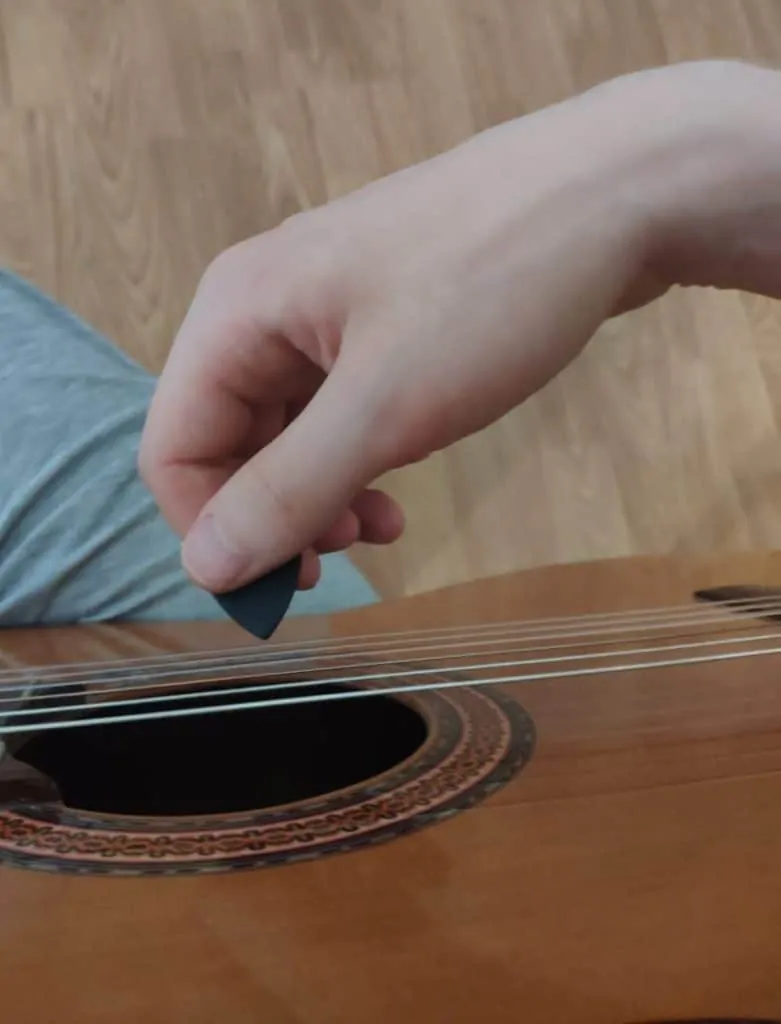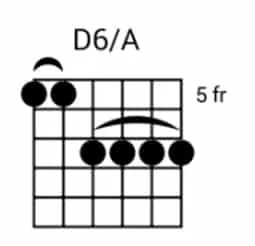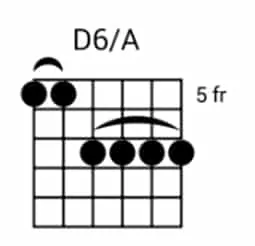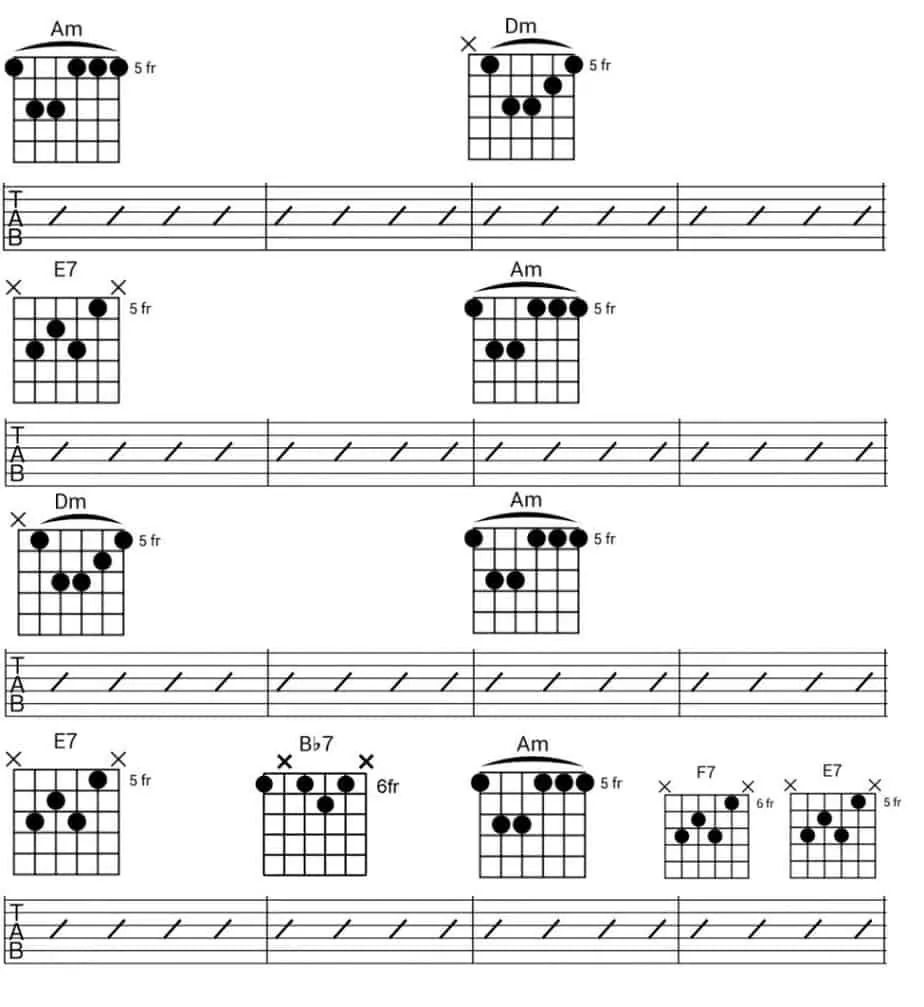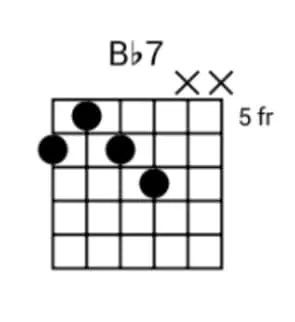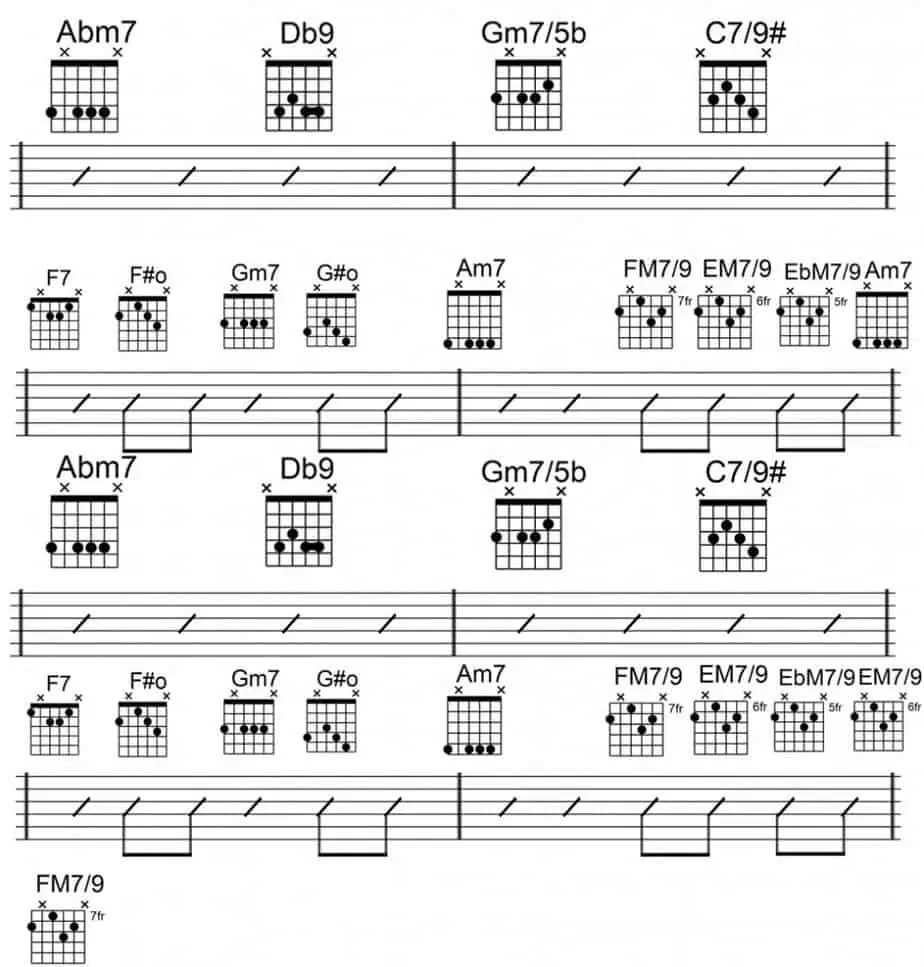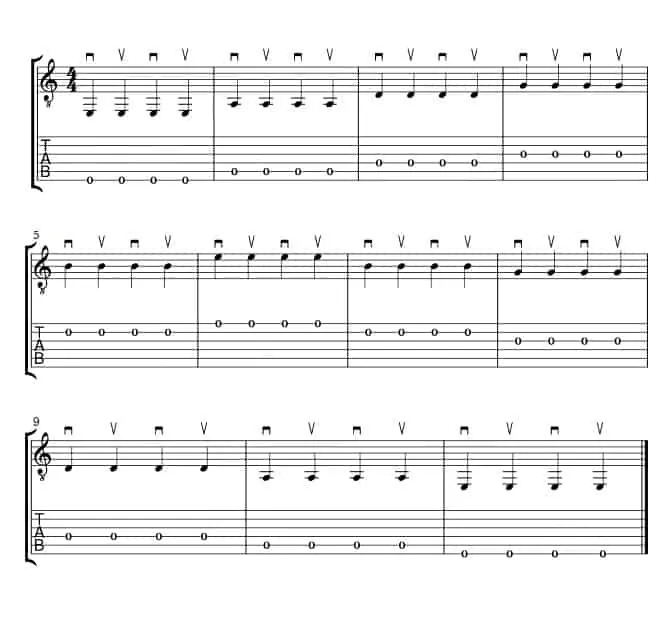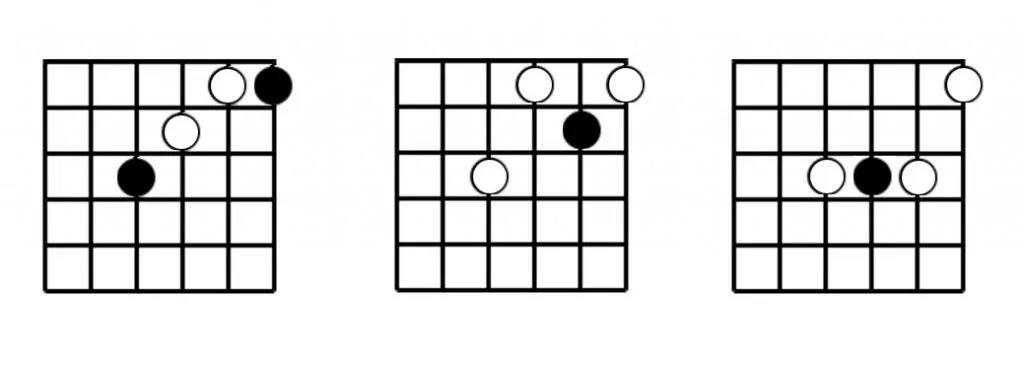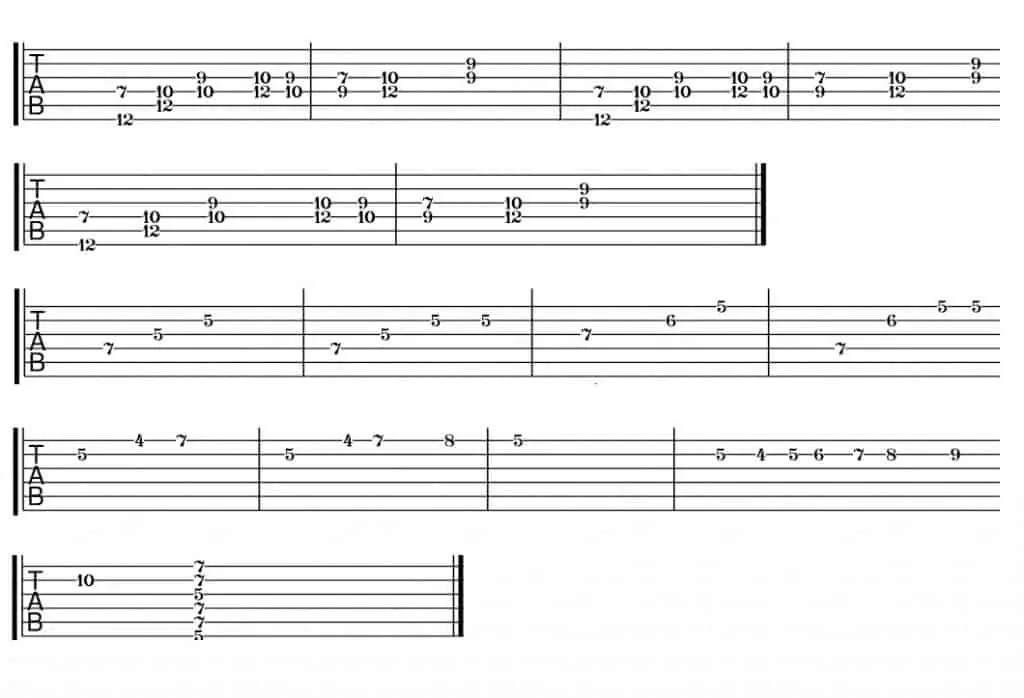Gypsy jazz guitar is a popular style of the jazz genre that originated in Europe. The founding father of the style is Django Reinhardt, a Romani guitarist of Belgian descent, who is considered by many to be one of the greatest musicians of the twentieth century. The Gypsy jazz itself was an attempt of Django to blend together elements of American jazz with traditional European and Romani music. The attempt was successful, and Django became the first world-known jazz talent to emerge from Europe. Eventually, he was able to play with American jazz legends like Louis Armstrong and Duke Ellington, popularizing Gypsy jazz guitar even further.
It’s interesting to know that during the time Django lived and performed his music was not known as Gypsy jazz guitar, but simply as jazz. However, after Django’s death in the 1950’s, it’s mostly Gypsy musicians who preserved and spread his legacy, thus the term Gypsy jazz guitar was established.
Many modern musicians and Gypsy jazz musicians especially are heavily influenced by Django and his music. His popular compositions Minor Swing, Nuages, and Dark Eyes have been played in numerous shows and have become jazz standards.
In this article, we’ll cover the crucial basics that every aspiring Gypsy jazz guitar musician should learn and practice.
Equipment
There are two essential things you will need to play Gypsy jazz guitar: acoustic guitar and a pick (plectrum)
There are no specific requirements for an acoustic guitar. Django himself played a Selmer guitar from a French factory in Paris. This D hole or “oval hole” guitar thus became very popular with Gypsy jazz guitarists, though any acoustic guitar will do. Check our guide on picking an acoustic guitar.
As for the pick, traditionally Gypsy jazz performers used stiff and thick plectrums made out of tortoise shell or a similarly rigid material. These days it’s hard to obtain tortoise shell (and we highly discourage you from doing that) yet some common suggestions are Dunlop thick picks & Wegen. The rounded version of the picks is more preferable.
Rhythm
The accompaniment in Gypsy jazz guitar is everything, and this is not an exaggeration. The traditional Gypsy method of training always started with the rhythm. Prominent Gypsy jazz guitarists Joseph Reinhardt, Moreno Winterstein, and Angelo Debarro accompanied Gypsy jazz veterans in the rhythm chair for many years before starting careers of their own. Even Django himself used to accompany accordionists at the beginning of his musical journey before establishing himself as a virtuoso soloist.
The proper rhythm starts with the hand proper posture:
By no means should the right hand rest on the body of the guitar, like this:
The hand is completely relaxed and the strumming movement involves the whole forearm, not just the hand. Take note that, unlike in other styles of jazz, the right wrist is positioned at an angle to the body of the guitar. This allows accompaniment players to be loud and energetic in their playing.
Flat Four
In Gypsy jazz guitar, as all Gypsy jazz musicians learn, musical notation is not as important as the general feel of the music. That is true for playing solos as much as it is for playing rhythm pieces. In the below example let’s try to play a basic, Flat Four rhythm. Finger the DM6 chord with your left hand:
Use your index finger to hold bass strings 5 & 6 and your ring finger to hold the 7-fret barre on the rest strings.
Let’s play two series of four beats. This is the rhythm:
Play a downstroke on beat 1. Your right hand should be relaxed and falling on the strings with the aid of gravity. You use muscles only to guide the movement, not cause it. Sometimes Gypsy jazz guitarists are so relaxed in their playing that their guitar falls from their lap and they have to adjust it in the middle of the performance.
After playing a downstroke on beat one, immediately lift the pressure of the left hand on the strings, thus muting the chord. Do not take away the left hand completely, just slightly raise the pressure on the fretboard to mute the chord. Your left hand should still be in a chord position. The result is a percussive sound that is a trademark of almost any Gypsy jazz accompaniment. Play the next beat in the same manner – stroke with the right hand then mute with the left hand.
Again, listen to the audio to get the feeling of how it should sound:
It’s important to understand that we mute the sound with our left hand and never use our right hand for that.
Pompe Four
Now let’s add some swing. We will play the same chord, but we’ll mute only every 2nd and 4th beat. This is called “Pompe Four”. French accompanists often use it as a simplified version of the “La pompe” rhythm that Django used in his early work and that we’ll cover later in the article.
Listen to how it sounds:
Again, this is a simple rhythm that guitarists often use, especially when there are several rhythm guitars are playing. Practice it in a slow tempo with a metronome, and gradually increase the speed when you feel comfortable.
There is also a version of the Pompe Four rhythm when you play bass strings on beats 1 & 3 and treble strings on beats 2&4 (muted), but we suggest you first start practicing hitting all the strings and focus on the rhythm.
Here’s a simple accompaniment form that you can play while practicing the Pompe Four rhythm:
Don’t forget to relax your right hand, if you notice too much tension, set the tempo lower and then keep practicing.
La Pompe
Although simple, Pompe Four is widely used in Gypsy jazz accompaniment. The most ubiquitous and truly “Django” sound comes from the famous “la pompe” style. There are two crucial elements that distinguish La Pompe from a flat four rhythm playing: upstroke in the beginning and a very strong accent on beats 2 and 4.
Upstroke: play flat four, but before the very first downstroke play a small upstroke on the bass strings only. The motion should be small so that the pick won’t travel too far from the low E string (6th string).
Accentuated Beats 2&4: this is an imitation of a swing drummer’s “back beat”, the pattern that includes the snare drum and the following hi-hat.
Start practicing the rhythm with muted strings. Just put your left hand on the fretboard and focus exclusively on the right hand movements. Follow this pattern:
beat 1: upstroke – downstroke
beat 2: downstroke
beat 3: upstroke – downstroke
beat 4: downstroke
Now try playing La Pompe with D6/A chord, the one we’ve already played Flat Four with:
Don’t forget to accentuate beat 2 & 4 with slightly stronger stroke. Keep the rhythm going.
The most common mistakes when practicing La Pompe are:
- the upstroke is too loud
- the upstroke is too slow
- the downstroke on beats 2&4 is not strong enough
- immediately muting the chord during beats 1 & 3 – those should sound longer than percussive beats 2&4
In order to the hang of La Pompe rhythm, split it into three different stages:
- Upstroke on the bass strings
- 2Downstroke with a sustained sound (beats 1&3 in the audio)
- 3. Energetic downstroke with a muted chord (beats 2&4).
Practice all three motions with relaxed muscles and then combine them into a whole La Pompe pattern.
Below is an accompaniment for Minor Swing, one of the most famous Gypsy jazz guitar songs.
Take a look at the Bb7 chord in the last section. Gypsy jazz guitarists extensively use their thumbs in their left hand fingering, and in this chord they finger the 6th string with their thumb. However, if that’s too difficult for you, go with this variation of the chord instead:
Note: if your hands are too small to physically grip the neck of your guitar in order to use the thumb, don’t worry – check our most recent guide Best Guitar for Small Hands
Listen to the track, learn the chords, and keep practicing with the lower tempo first.
Although La Pompe rhythm is truly ubiquitous in Gypsy jazz guitar, you don’t have to play exclusively La Pompe to sound “Gypsy”. There are many variations of the rhythmic section of Gypsy jazz. In this article we’ve learned Flat Four and Pompe Four, but you don’t have to limit your playing only to those too. Below is an example of accompaniment for Nuages, a Django song that any Gypsy jazz guitarist knows by heart:
Notice that in this version the chords are sustained – the left hand does not mute the strings in any of the beats.
Here’s the version with a La Pompe rhythm, recorded during one of the Django’s live performances. Listen carefully to this version of Nuages to catch the feeling of the rhythm:
Solo (Lead)
Now that we learned some basics about Gypsy jazz accompaniment, it’s time to talk about solo guitar playing.
The crucial part of Django’s guitar artistry was his powerful right-hand technique. Not only was the sound loud and clean, but Django could also play at a very high speed while staying completely relaxed.
The cornerstone of his technique was a number of picking patterns.
Gypsy jazz picking is built on three basic types of picking:
- Rest stroke
- Upstroke
- Sweep stroke
Remember, your right hand should always be relaxed and the wrist should be positioned at an angle to the body of your guitar.
Rest Stroke (Downstroke)
Take your pick and raise your hand an inch above the 5th (A) string.
Your pick should be positioned at a 45 degree angle. A lower or higher angle is possible, thought – experiment with the sound and find which angle is best for yourself, but don’t hold the pick parallel or perpendicular to your strings.
Now let it fall onto the 5th (A) string and rest on the 4th (D). Generate the picking motion with your wrist. Do not use your muscles, let gravity power your relaxed hand stroke.
After the movement your hand rests on the 4th string. That’s why it’s called the rest stroke. If done properly, this technique achieves volume and accuracy with very little muscle tension. After this, raise your hand 1 inch above the next string you’re going (4th, D) to play and repeat the stroke.
Practice the rest pick on all 6 strings. On the first (E) string there will be no string to rest on after the picking, so just let your hand fall through and then return it to the starting position. When you play down through the strings, do not “sweep” onto the next string. Lift your hand an inch above the string to be played and repeat the resting pick. We will talk about sweep strokes a bit later.
Upstroke
When you play a different string you will almost always use the rest stroke. However, if you need to play the same string, you can use an upstroke. It’s played immediately after the downstroke. Suppose you performed a rest stroke on the 6th string. Now your hand rests on the 5th string. Lift your pick back up at a 45-degree angle so that it strikes the 6th string again from below. Then follow through the 6th string. Your pick should now be an inch above the 6th string, ready to play another rest stroke.
Notice that every measure starts with a downstroke, and every consecutive stroke on the same string follows the pattern: downstroke – upstroke – downstroke – upstroke – etc.
Sweeping Stroke
A sweeping stroke is a downstroke that you start from your resting position. Just push your pick through the string that your hand was resting on. Usually, sweeping strokes are performed after the rest stroke when you play a descending pattern, going from lower strings to higher, especially when you need speed. Sweeping strokes also sound differently than rest stroke as you’ll hear during this exercise:
Those three types of strokes are the basis of most Gypsy jazz solos. Practice them daily with a metronome in slow tempo and gradually increase it over time when you feel confident. Pay attention to your right hand muscle tension – your hand should be light and relaxed. Gypsies call this play approach “a feather touch” for a reason.
Arpeggios
Arpeggios, the consecutive playing of notes of a chord, is a standard for Gypsy jazz solos and especially for improvisation. They are also handy during jam sessions. After you’ve mastered the resting stroke techniques, you should start playing different arpeggios and try to copy the famous Gypsy jazz songs.
Here’s a simple exercise to practice your picking while playing arpeggios.
You start with a resting stroke. Each time you go down one string, you perform the sweeping stroke. You play the upstroke in this exercise on the high E string, right after the sweeping stroke. While moving back to the bass strings, you perform the resting stroke. And so on.
Now before we drown in scales and chords, we should mention that gypsy jazz music traditionally is taught orally. Even Django himself was not very intricate in musical notation, yet his improvisation and solos are as astonishing nowadays as they were during his live performances in the 30’s.
What’s the trick? The chord forms. Many gypsy jazz musicians perceive the guitar fretboard not through complicated musical theory, but visually.
Here are the three major forms to help you visualize the fretboard:
Memorize their shapes. You will use them a lot in your improvisations and jams.
And this is how we will use them for building our arpeggios. Let’s take a G major scale. This is how it looks on the fretboard:
Now let’s locate our visual forms (shapes) on the fretboard.
Once you’re comfortable with those shapes, learn their full form, adding the notes on strings 5 and 6, like on the image above.
I suggest using Arpeggio calculator for every new scale you’re trying to master.
All the notes can be played with a proper resting stroke technique. The most popular sequences in gypsy solos are in ascending and descending order.
Now let’s play them!
We can start adding other notes to make the pattern look more interesting. You can add lower half tones:
Or you can add higher tones to each note:
If you combine lower and higher tones, this is what you’ll get:
You can repeat the same pattern with any other scale. Some of them, like Am, Gmaj7, Em7 are used more often and others, like Gm7, less so, because they don’t really fit the Gypsy style. However, you can always combine different arpeggios and create interesting musical patterns. Trust your ears. Try to play using your ears as much as possible.
Bear in mind that there are three basic minor forms that you can use as well:
In Gypsy culture, it is a common way to learn music by copying other performers. In western culture, copying other musician’s work is often perceived as plagiarism and is typically followed by legal action. However, among Gypsies, to copy another musician’s work is a form of homage, Perhaps this is one of the reasons why Django’s work became even more popular after his death in 1953.
Below is a simplified tablature of the Minor Swing intro solo. Before that, we practiced the accompaniment. You can record the accompaniment and then put your solo over it.
This is how the intro sounds:
And this is the full version with accompaniment:
You can embellish your playing by adding vibratos, tremolos, pull-offs and string bending that Gypsies often use. Also feel free to play any arpeggios and improvise by changing the order, the rhythm or anything else.
Trust your ears more than you trust musical notation.
If you want to really dive into Gypsy jazz guitar music we suggest you listen to as many Gypsy jazz guitar songs as possible while trying to adapt them to your playstyle, starting with the simple forms and then proceeding to the harder ones. Start with the accompaniment and then build on solos and improvisations. With time you’ll learn to feel what would go well with that accompaniment or that solo and gain an intuitive understanding of what Gypsy jazz guitar is all about.

